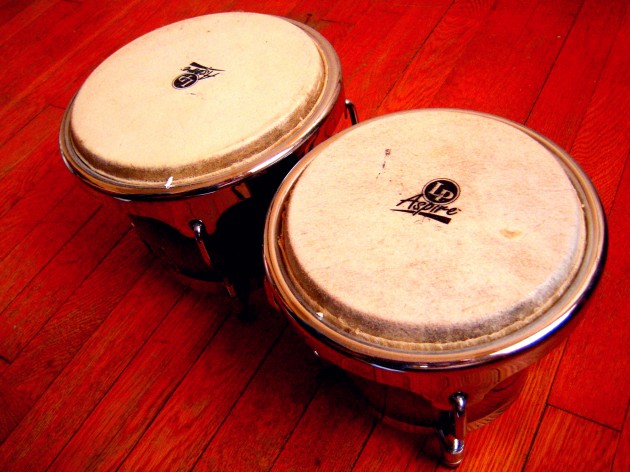Moving to the Beat: How Rhythm Affects Language
Learning a new language can be both a huge commitment and a fun experience, and language learners are constantly finding new and better ways to improve how quickly and efficiently they acquire knowledge. Studies have shown that hand gestures and images are great additions to language learning as is the use of movies, books, and music to improve vocabulary, grammar, and pronunciation. But, if you really want to get down to the basics of what can help you improve the most, perhaps you should take a look at the use of rhythm in language learning. Curious to know what we mean? Read on to find out the role rhythm can play in making you a more proficient language student:
 Image via PhotoPin
Image via PhotoPin
The Movement in the Meter
From the moment we are born (or even before) rhythm becomes a large part of our daily lives. As a baby you heard it in your mother’s heartbeat, as a toddler in the cadence of language, and as an adult in the thumping meter of music. Wherever you go rhythm is a consistent part of your life, but what exactly is its role in language and language learning? Well, according to experts, language is a form of spoken music with stressed and unstressed syllables representing the musical notes. You may be thinking that each language has its own unique meter which varies extensively from others, but this is only partially true. Yes, every language is different but they don’t actually have dramatically different meters. In fact, scientists have been able to identify a pattern which is almost universal: the unstressed (short) beat followed by a stressed (long) one. This pattern can be found in languages across the globe whether you’re studying a Latin based tongue or trying your hand at Arabic or Mandarin. Little did you know that languages are much more closely related than originally believed!
 Image via PhotoPin
Image via PhotoPin
The Rhumba in the Rhythm
Having languages closely relate rhythm-wise may be well and good, but you’re probably curious as to how practical this really is when you’re trying to add a new one to your speaking repertoire. Well, it turns out that rhythm is such an integral part of language that experts claim learning to move to a beat can help you solidify better language skills. Studies have shown that students who are able to maintain musical rhythm with the tapping of a finger were also more likely to succeed at language learning. Strong musical skills means that you are giving your auditory system a workout, making it easier for you to develop hefty sound to meaning associations when trying to pick up Spanish, German, or any other tongue. Biologically, musical training enhances neural responses to sounds and directly relates to your ability to process foreign words and rhythms. This maybe is why using music to learn a language is so effective!
Even if you have excellent musical abilities and feel you can rely on the close rhythmic relationship between languages to help you learn new ones, lacking a well-rounded learning method can have a detrimental effect on whether or not you become a language success. In order to have a successful language journey, you can’t rely too much on your ‘natural’ rhythm to propel you forward to multilingualism. Lay down your foundation first with some excellent language classes and be sure to hone your skills by using online placement tests to keep your knowledge sharp. Then, with these tools firmly in hand, you’ll be ready to move to a whole new beat in a whole new language!
